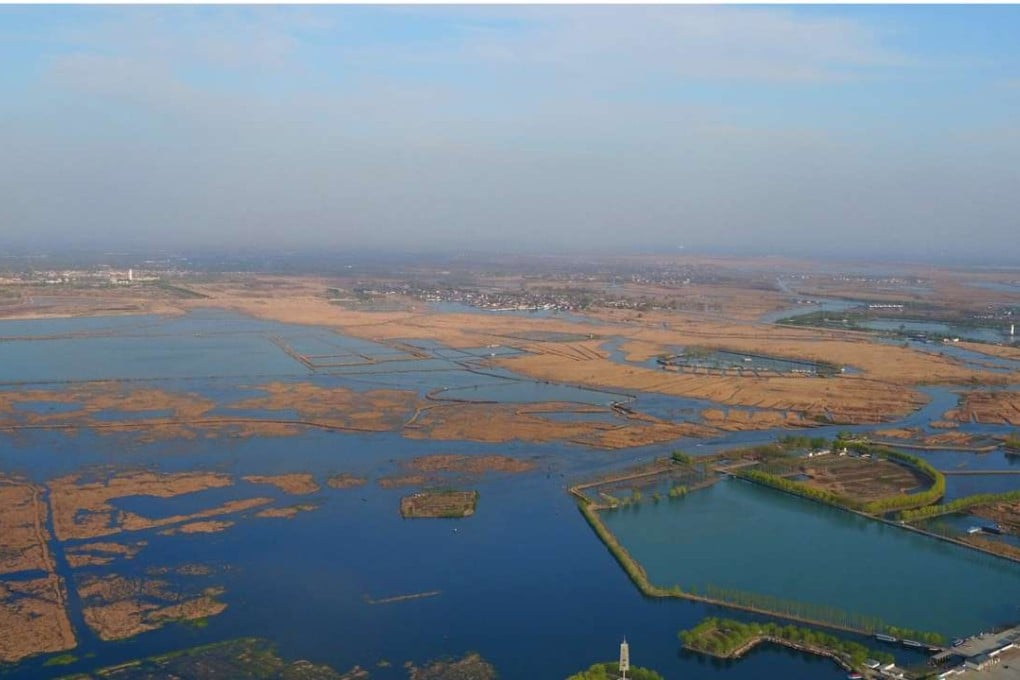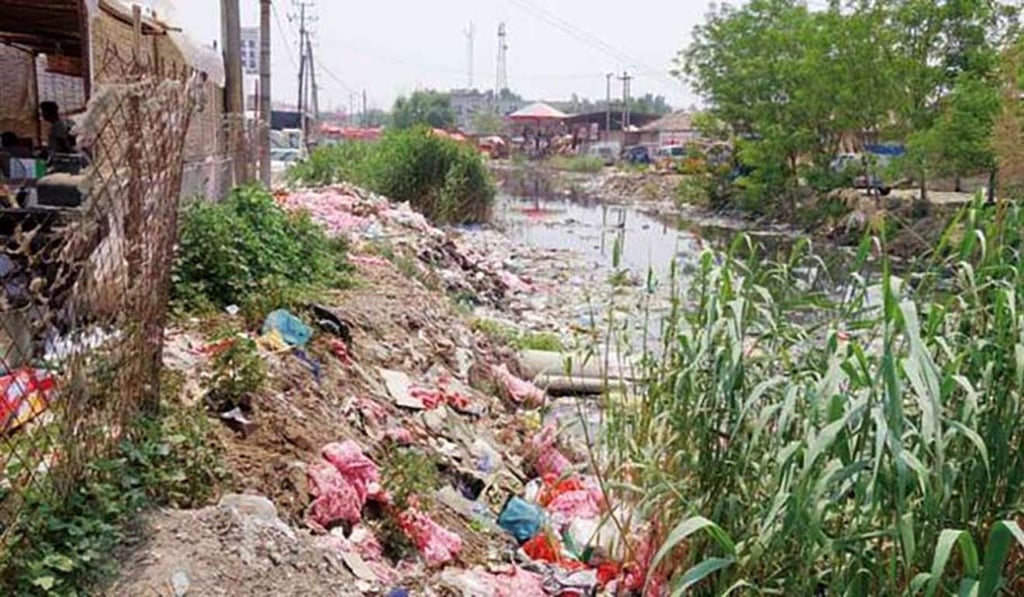The polluted lake at heart of Xi Jinping’s new city dream
Baiyang Lake water not fit for human contact, with scientists divided on clean-up prospects

Garbage dumps litter the shoreline of Baiyang Lake, 120km south of Beijing, and its waters contain high levels of pesticides from corn fields and antibiotics from animal farms.
Hidden pipelines discharge toxic pollutants from nearby factories straight to the bottom of the lake, once called the “kidney of the North China plain” for its waste-filtering function but now one of China’s dirtiest lakes.
Some scientists say the pollution is likely to worsen as the Chinese government proceeds with plans, announced this month, to build a brand new city there. Others say solutions could be found.
The government wants the Xiongan New Area, encompassing three rural counties surrounding the lake, to become a modern metropolis with a population of up to 2.5 million, home to leading companies and as prosperous as Shenzhen and Shanghai, with top universities, research institutes and hospitals.

Scientists have been studying Baiyang Lake’s pollution and water crises for decades.